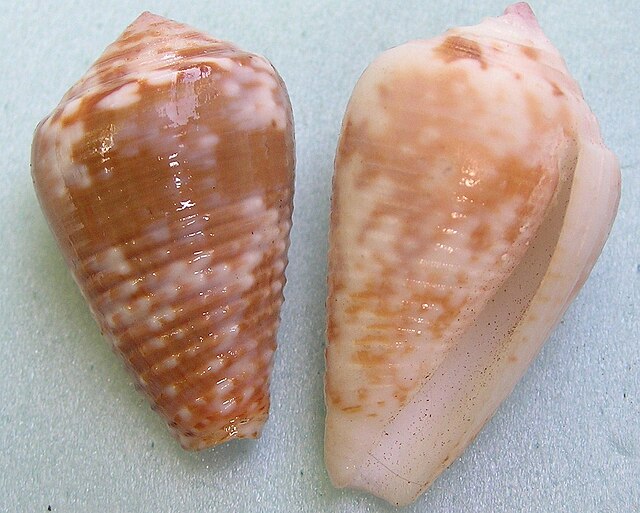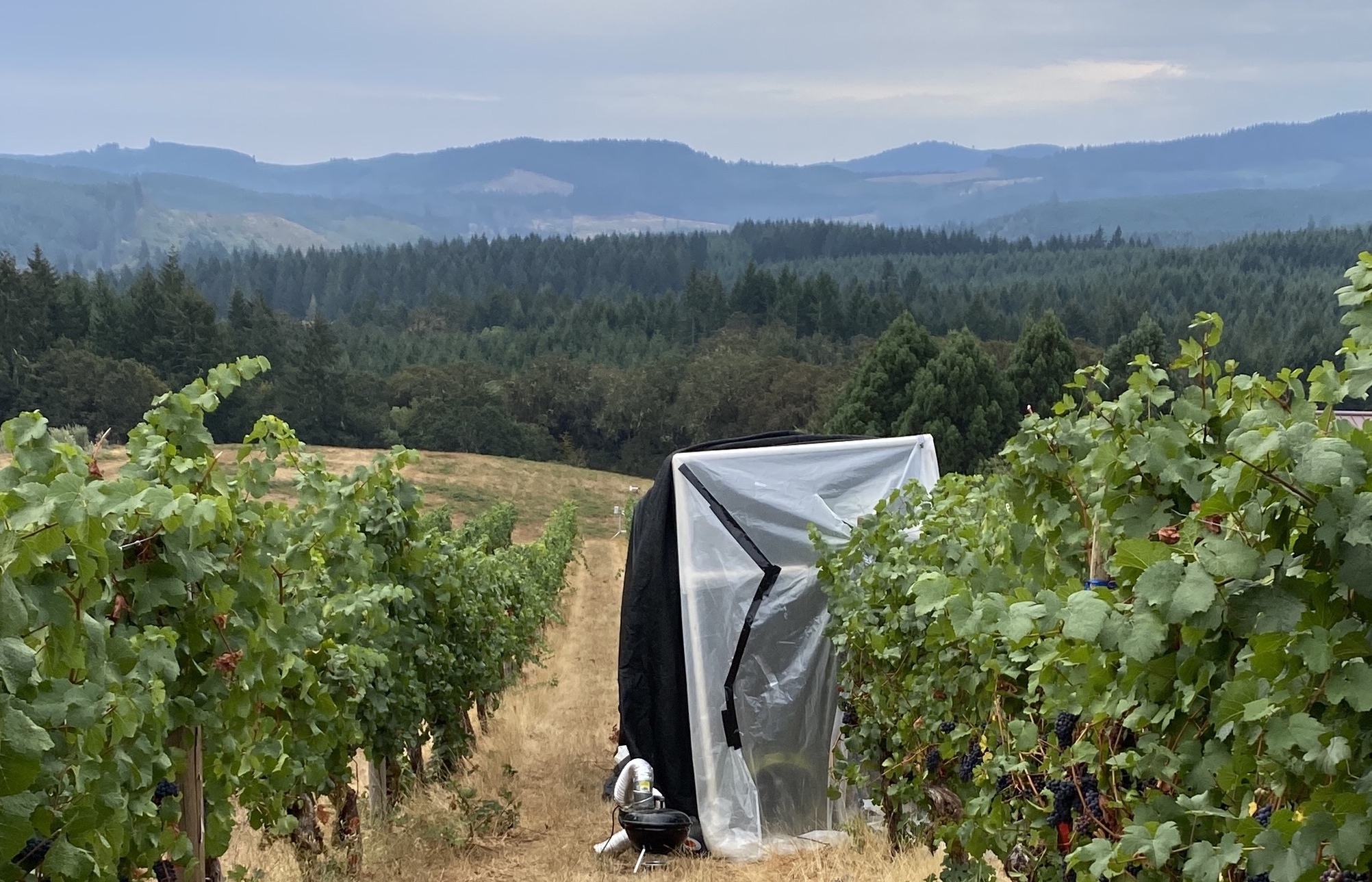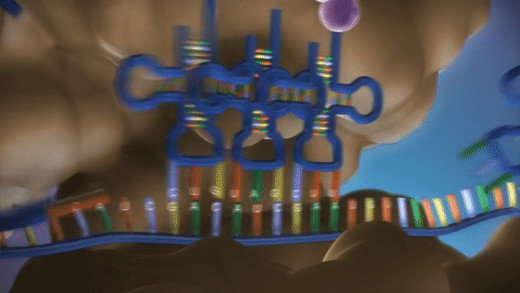Drugs from Slugs: Advancing Therapeutic Applications of Conotoxins

Integrating data from multiple "omics" platforms, such as transcriptomics, proteomics, and metabolomics, provides a more comprehensive and systems-level understanding of conotoxin biology.
Many diseases lack effective treatments, and conotoxins offer a promising avenue for developing novel therapies for conditions such as chronic pain, epilepsy, and cancer. Conotoxins often exhibit exquisite selectivity for specific ion channels and receptors, minimizing side effects and maximizing therapeutic efficacy. The unique mechanisms of action of conotoxins can help overcome drug resistance that has become a significant challenge in treating many diseases. Genomic tools enable the rapid and efficient discovery of new conotoxin sequences, expanding the pool of potential therapeutic candidates and by analyzing the genomes of cone snails, we can gain a deeper understanding of the evolutionary processes that have shaped conotoxin diversity and identify key structural features that contribute to their pharmacological properties.
A Data Science Primer to Engage Undergraduate Students in Research
An explosion of data available in the life sciences has shifted the discipline towards genomics and quantitative data science research. Institutions of higher learning have been addressing this shift by modifying undergraduate curriculums resulting in an increasing number of bioinformatics courses and research opportunities for undergraduates. This study aimed to explore how a newly designed introductory bioinformatics seminar could leverage the combination of in-class instruction and independent research to build the practical research skillsets of undergraduate students beginning their research careers in the life sciences.
Revealing the interspecific breeding history of Hawaiian macadamia through transcriptome sequencing and analysis
Macadamia is an important agricultural crop in Hawaii, utilizing significant land and resources. Aging orchards, changing climate and increased pest pressure threaten the Macadamia industry in Hawaii. As orchards are replanted, genomic knowledge of crop wild relatives will be central to determining the possible role of breeding to mitigate these challenges. Macadamia tetraphyllais a crop wild relative of the economically valuable crop Macadamia integrifolia. We aimed to create a new genomic resource for macadamia agriculture in Hawai’i through new transcriptomic data for M. tetraphylla. A transcriptome assembly of M. tetraphylla was constructed from existing NCBI data along with new RNA-sequencing data collected from wild collected feral macadamia tetraphylla and putative hybrid breeding lines in Hawai’i.
Exploration of Taro breeding populations that show improved performance against diseases in Hawaiʻi
Yield is one of the important criteria used for selection in a taro breeding program. Each cross-pollination of the flowering structure could produce thousands of taro seedlings and initial evaluation of the offspring is done in unreplicated trials where only a few check cultivars are replicated. This leads to a poor estimation of the residual variances. This study explored a hierarchical Bayesian G ×E model, designed to deal with the unbalanced data from many trials. Further, a DNA fingerprint was established to distinguish breeding groups and help facilitate cultivar identification.


